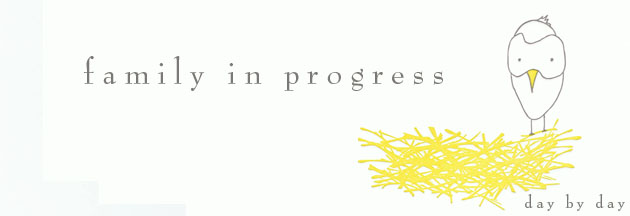
A few days ago my four-year-old—my FOUR-year-old—requested a cell phone. Her complete confidence in her need for a cell phone, and in the fact that I would surely agree with her and rush out to get one, was both admirable and unsettling. The conversation began while I was bent over the bathtub, washing her sister’s hair. It went like this:
Her: “Mom, I need a real phone.”
Me: “Like a play phone? You have one of those.”
Her: “No, mom.” (Clearly exasperated by her hopelessly slow mommy.) “Play phones are dead.”
Me: (Incredulous.) “You mean a real phone? Like dad and I have?”
Her: “Yes, a real phone. But for me. Bianca.”
And I just sat there, blinking.
For real? Does the cell-phone begging really begin at four? Wow, we are in trouble. And it doesn’t end there. It seems that she’s gone into consumer mode all of the sudden, and she’s been compiling a list of things she absolutely cannot live without.
Here are the other things she’s started asking for:
Pierced ears.
Lipstick.
High heels.
Baby Alive.
Polly Pocket.
A guinea pig.
A chameleon. (Most days, the first words out of her mouth when she wakes up are “Mom, I really want a chameleon!” No, “Good morning, Mom!” or “Can we make pancakes?” Her brain is tuned to the lizard channel.)
I suppose I get the pet begging, and I do understand the toy requests. I’m one of those mean mommies who doesn’t think should kids have too many toys, and I hate clutter, so I understand that she might feel understocked in the toy department. But the grown-up stuff like cell phones and pierced ears throws me for a loop. Steve and I are hardly tech junkies. And she sees me wearing high heels and earrings so rarely, I can’t believe they’re even on her radar.
I’m not trying to raise a little consumer, but it looks as though I am. And it looks like we’re in for many long years of begging, because she is NOT getting a cell phone. Until she’s at least six.




